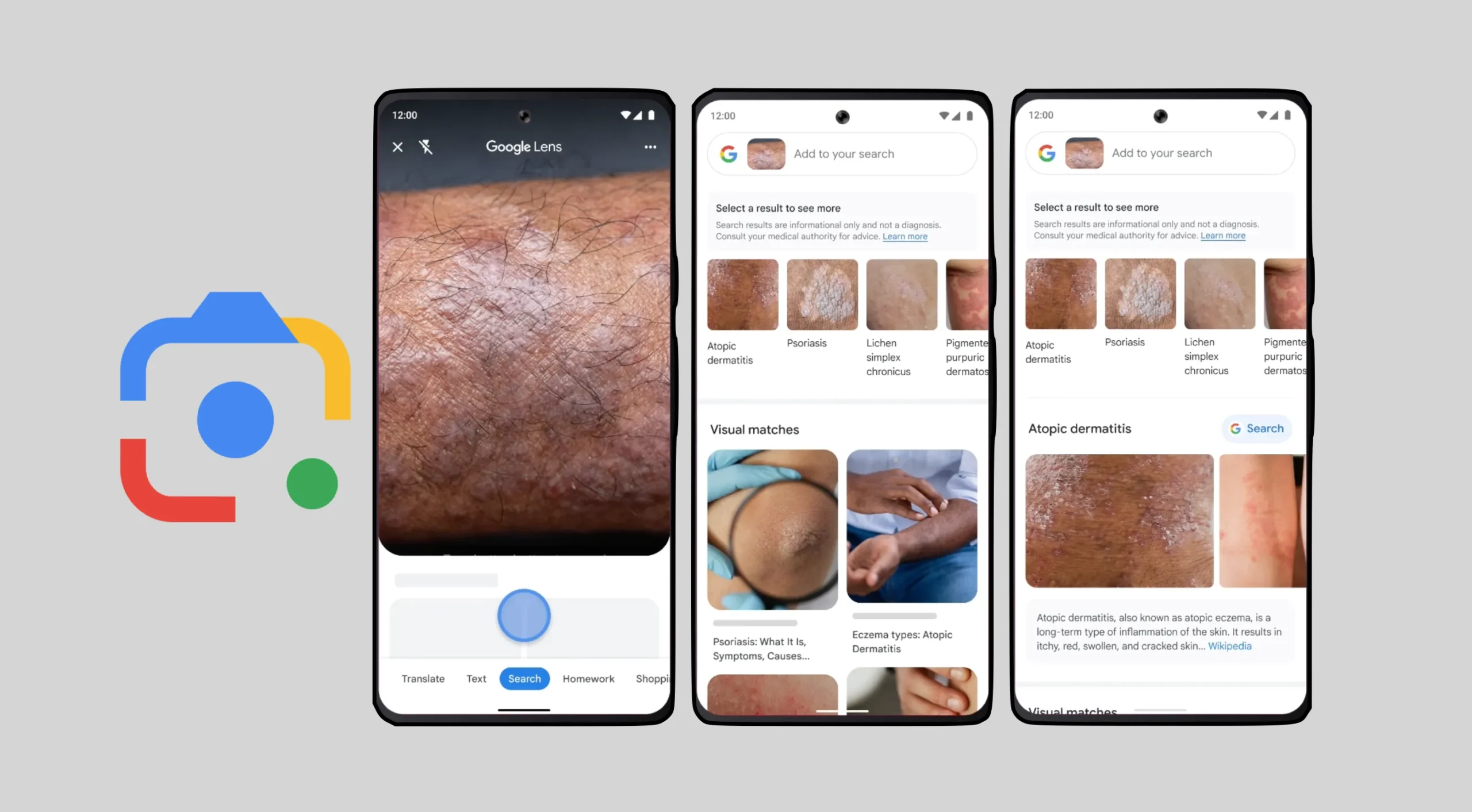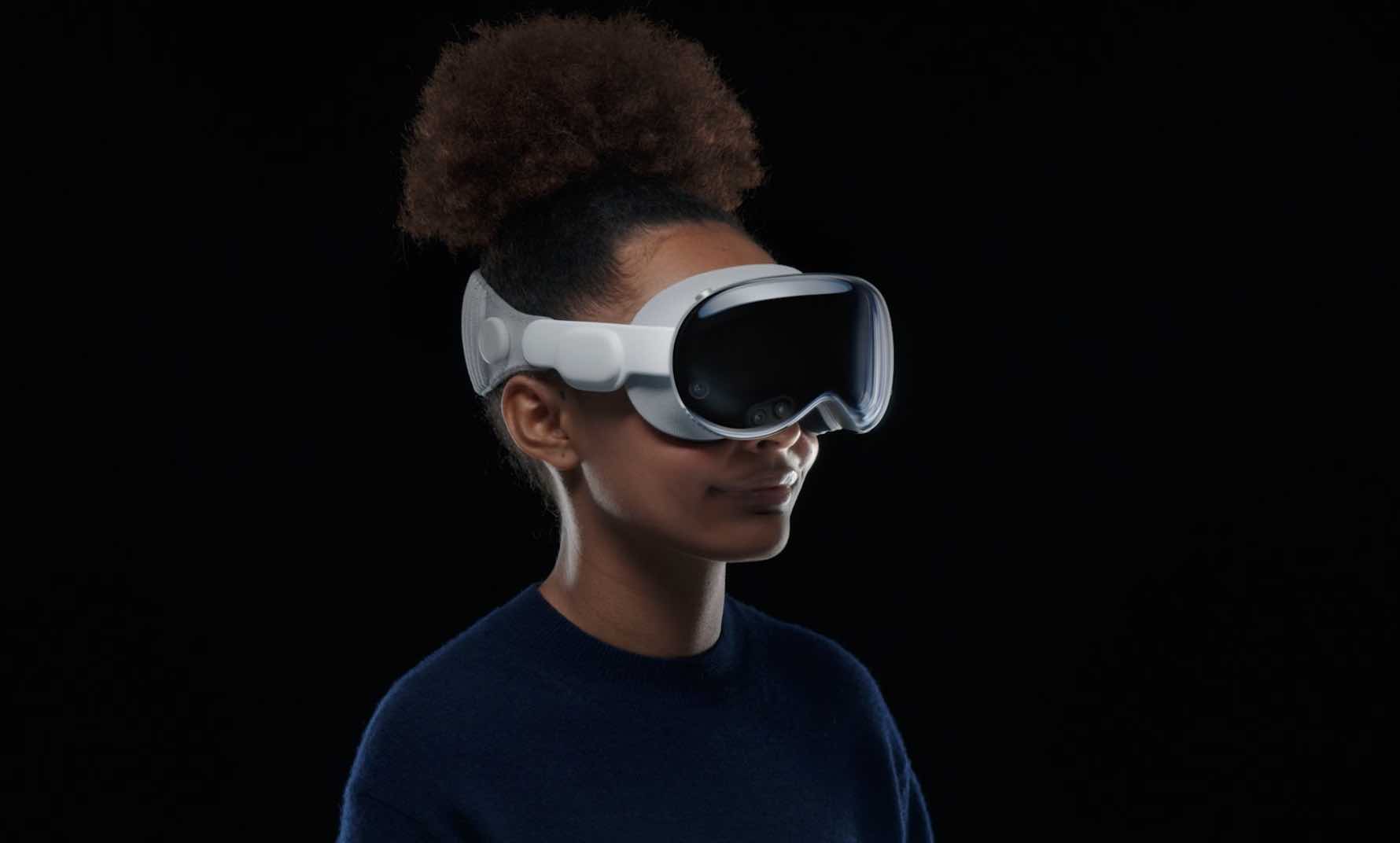Innovative Brain-Computer Interfaces Decipher Thoughts into Speech in Paralysed individuals,Unprecedented Speed and Accuracy Achieved in Recent Studies

Credit: Google | Brain-reading devices enhanced by artificial intelligence to record neural activity associated with speech attempts
Paralyzed individuals have new hope for communication as cutting-edge brain-reading devices, enhanced by artificial intelligence (AI), have shown remarkable advancements in allowing them to express their thoughts and speech. Two groundbreaking studies, published on August 23 in the journal Nature, detail the success of Brain-Computer Interfaces (BCIs) that translate neural signals into text and synthetic speech, achieving decoding speeds that rival natural conversation.
Brain implant, AI offers hope to paralysed patients to speak via computerhttps://t.co/DlWg7ztVAk
— OTV (@otvnews) August 24, 2023
Researchers from Stanford University and other institutions have created brain implants that record neural activity associated with speech attempts and translate them into coherent words and sentences. The BCIs are providing paralyzed individuals, such as those with amyotrophic lateral sclerosis (ALS) or brainstem strokes, the ability to communicate more effectively than ever before.
In one study, a team led by at Stanford University worked with a 67-year-old patient suffering from ALS. Implanting small silicon electrodes into brain regions responsible for speech, the researchers harnessed deep-learning algorithms to decode the patient’s neural signals into text. The BCI achieved an impressive 78 words per minute and reduced word-error rates, even when using a vocabulary set of 125,000 words.
A separate study led by Dr. Edward Chang at the University of California, San Francisco, involved a 47-year-old woman who lost her speaking ability due to a brainstem stroke. This team used a different approach, implanting electrodes on the brain’s surface and training AI algorithms to recognize patterns in the patient’s brain activity associated with speech attempts. The device produced 78 words per minute, accompanied by an animated avatar mimicking facial expressions.
While challenges remain, including the need for fully implantable and wireless BCIs, the results are promising for paralyzed individuals. Both studies provide a glimpse of a future where individuals with paralysis can regain the ability to engage in fluent conversation, maintaining connections and relationships with loved ones and staying active in various aspects of life.
The brain-computer interfaces showcased in these studies are considered “proof of concept” and further refinements are needed before they can be clinically applied. The researchers emphasize the potential for these technologies to evolve into accessible solutions for those who have lost their speaking abilities. The BCIs offer not just a means of communication, but a pathway to a more normalized and enriched life experience for people facing physical challenges.
As Dr. Chang put it, “Faster, more accurate, and more natural communications are among the most desired needs of people who have lost the ability to speak after severe paralysis“. These innovative studies provide a hopeful glimpse into the future of technology-assisted communication, offering a lifeline for those who have long yearned to express themselves once more.
RELATED NEWS
WEB STORIES FOR YOU
Stay connected with Today On Globe for the latest Global Issues and News Updates.
Explore more related articles at [TOG News / TOG Article]






















